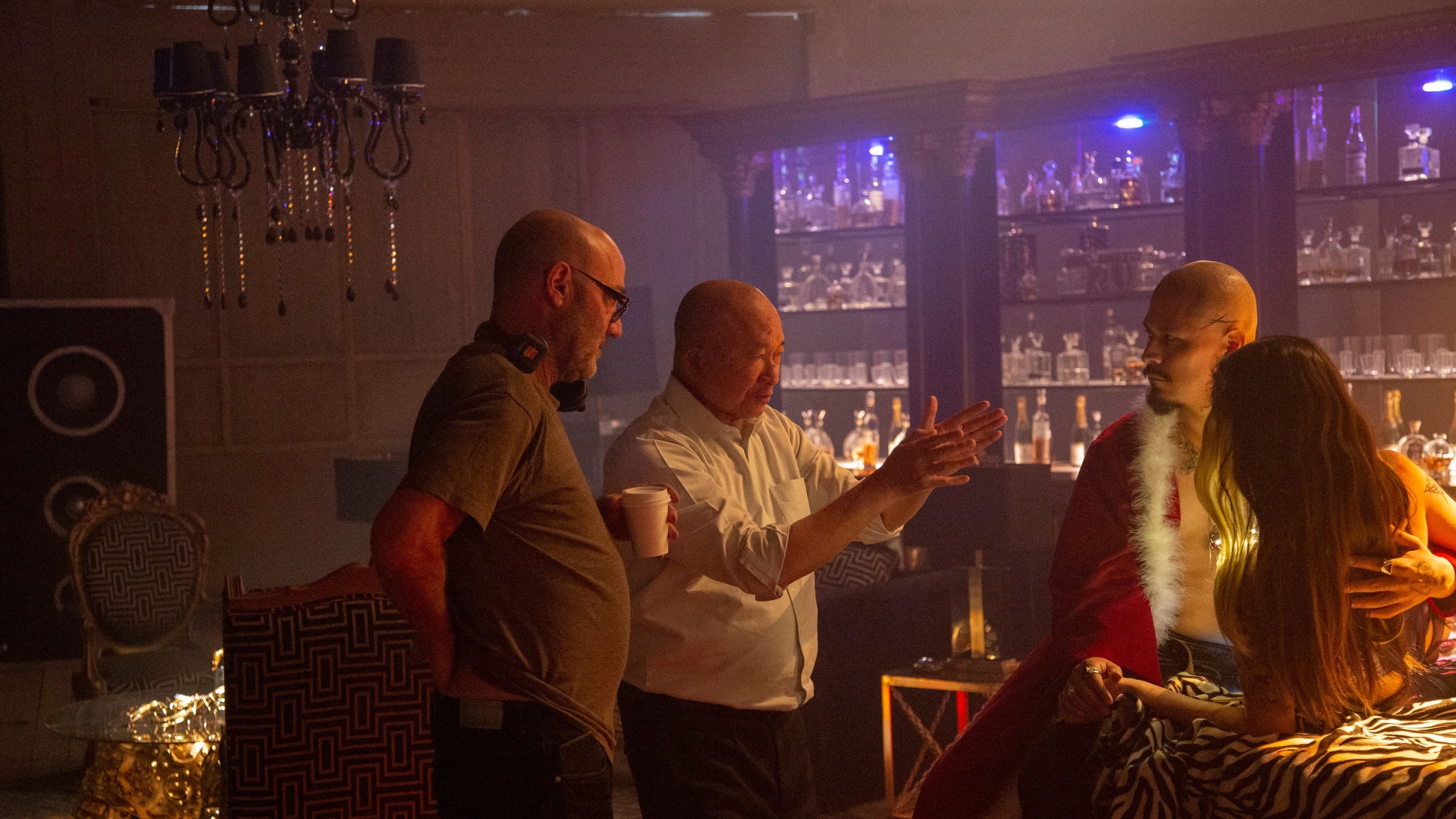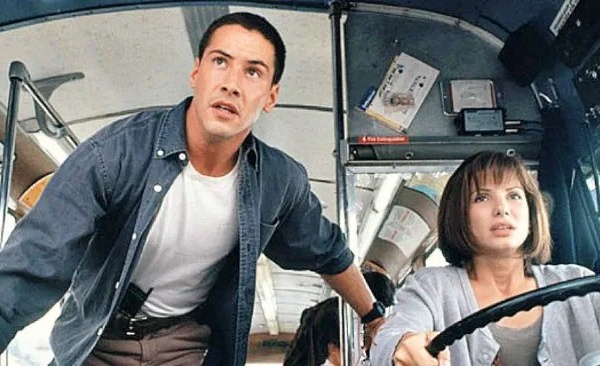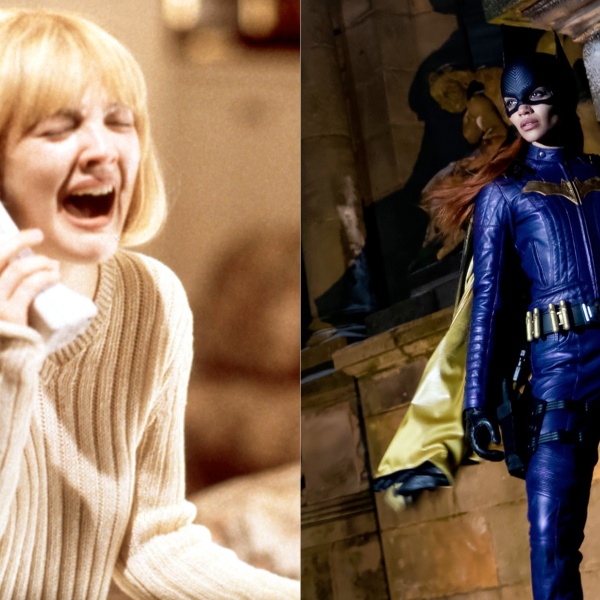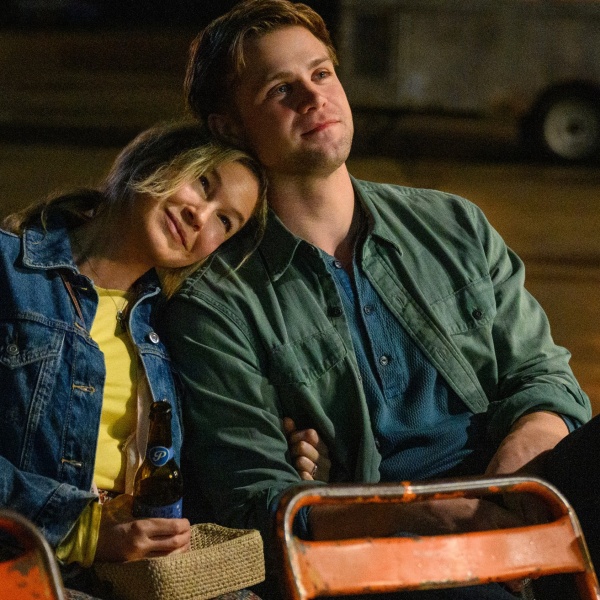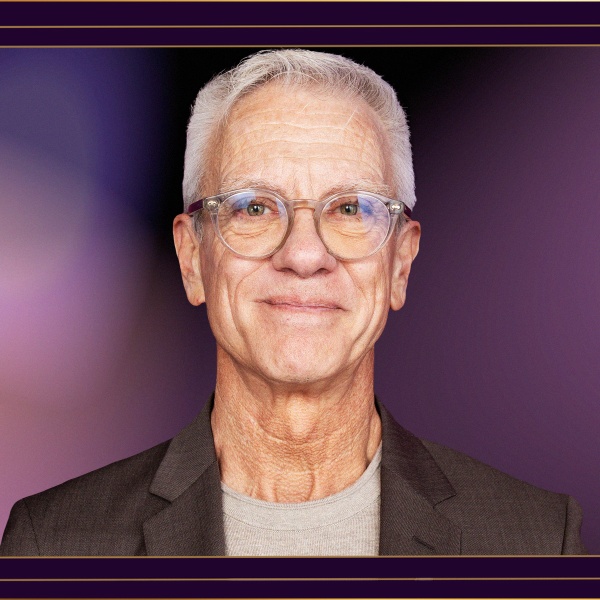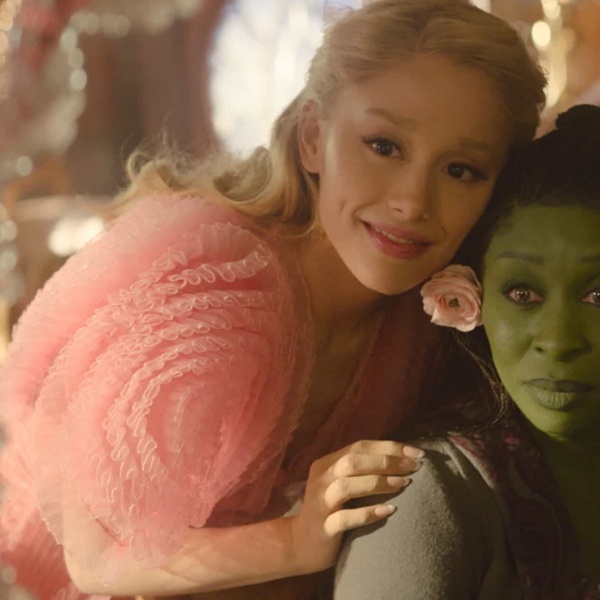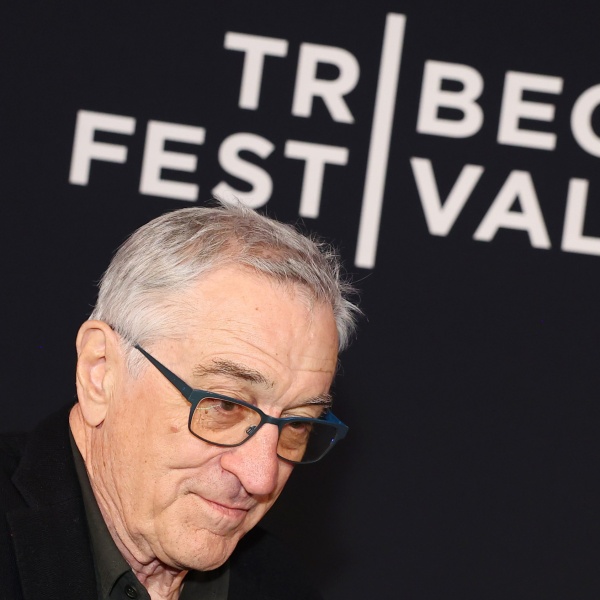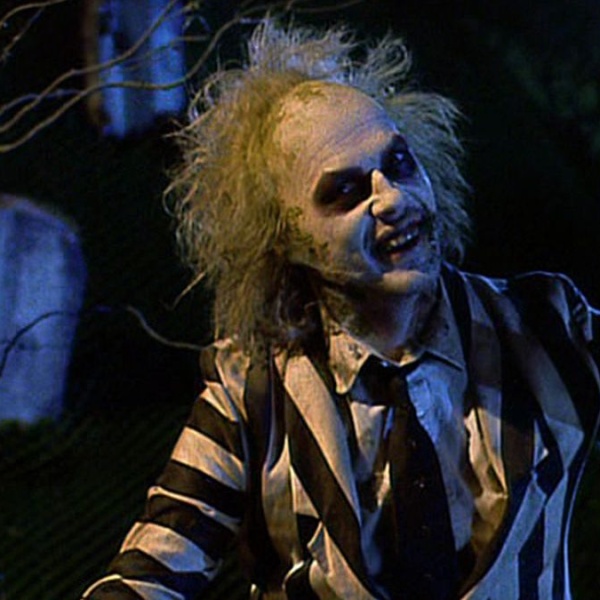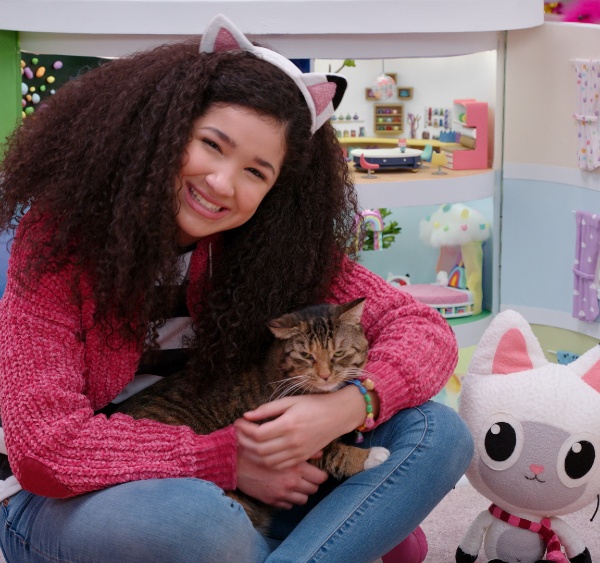For action fans who came of age in the 1980s and 1990s, the arrival of a new John Woo movie was not just a cinematic event but a spiritual catharsis. No one was making films the way he was, creating exquisitely orchestrated ballets of melodrama and violence influenced in equal amounts by Sam Peckinpah and Douglas Sirk but not beholden to either. Hong Kong imports like “A Better Tomorrow,” “The Killer,” and “Hard Boiled” set a new bar for what audiences could demand in terms of kinetic thrills, and when Woo moved to America, fans wondered if his voice would survive the trip. Luckily, he changed Hollywood more than Hollywood changed him, as he infused “Face/Off,” “Mission Impossible 2,” and other studio assignments with his signature dynamism and influenced a generation of action filmmakers from Quentin Tarantino to Robert Rodriguez.
Then, in 2003, it all stopped. Woo directed Ben Affleck in “Paycheck,” an expensive Philip K. Dick adaptation that did OK business but got horrible reviews, tarnishing Woo’s reputation and setting his career back almost irrevocably. (It’s actually a pretty good movie, but that’s an argument for another article.) “Because I failed with ‘Paycheck,’ I didn’t get a good script offered to me for a long, long time,” Woo told IndieWire. Having established himself as a big-budget studio director, when the big-budget “Paycheck” underperformed, Woo found himself adrift in the American film business. Unable to get work directing the kinds of well-resourced extravaganzas he had been making, Woo wasn’t on anyone’s radar for smaller movies. Woo returned to the Asian film industry for a string of historical epics and the crime movie “Manhunt,” seemingly leaving Hollywood behind for good.

Now Woo returns with Lionsgate‘s “Silent Night,” an audacious revenge thriller that has some of the most deliriously enjoyable set pieces Woo has ever mounted along with a fearless lead performance by Joel Kinnaman as a grieving father out to destroy the gang that killed his son. Kinnaman’s character is wounded at the beginning of the movie and loses his voice, which motivates the movie’s most surprising and effective conceit: It’s essentially a silent movie, with no dialogue or conversation outside of text messages, letters, and background chatter on radios and television sets. When Woo received the script — his first really strong one, he claims, in the 20 years since “Paycheck” — he was delighted by the challenge.
“Alfred Hitchcock saw every movie as an experiment, and this was an experiment for me,” Woo said. “How do you make an audience understand a story with no dialogue? It required that I find a new style and a new format.” Indeed, one of the most fascinating things about “Silent Night” is the way that it abandons conventional film grammar; the traditional pattern of covering a scene with an establishing shot and then moving in for alternating over-the-shoulders or singles doesn’t make any sense when there’s no dialogue between the characters for the camera to record, so Woo was forced to find a more sophisticated way of conveying his information.
What he arrived at was a style less reliant on editing than his more frenetic earlier films and more dependent on long takes with carefully choreographed action — an approach that served both the story and Woo’s limited resources working with an independent production company on a modest budget. “For a Hollywood studio movie, I like to set up different cameras and shoot a lot of coverage,” Woo said. “But working independently, you don’t have as many shooting days or as much money. It forced me to be more economical in my technique.” Rather than collect thousands of small pieces to assemble in the editing room, Woo staged the gunplay and fistfights in “Silent Night” in extended takes that meant once he got the action right it was done — no need to restage everything from an endless array of angles.

While this method was less expensive, it also served the dramatic needs of Robert Archer Lynn’s script. By presenting the action without the manipulation inherent in fast cutting, Woo makes it more convincing; Kinnaman’s everyman is completely believable moving through the relentless action sequences, and thus more human. “He’s not a superhero,” Woo said, “so I tried not to do anything that’s too over the top. It’s got to look real to touch the audience. I told the stunt team, ‘When there’s a punch I want the audience to really feel it.’”
Although “Silent Night” didn’t give Woo the kind of big budget he had when he was making movies with John Travolta and Tom Cruise in the 1990s, he says it provided him with something far more valuable: creative freedom. “Working for an independent company made me feel like back when I started in Hong Kong,” he said. “There the director totally controlled everything, and it made it much easier. I had that again with this company. The money and the time are tight, but that’s the nature of independent film. I feel pretty pleased, because I feel free.”
